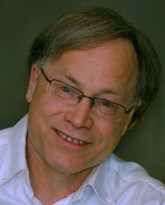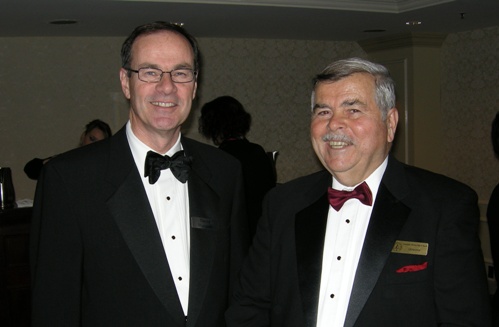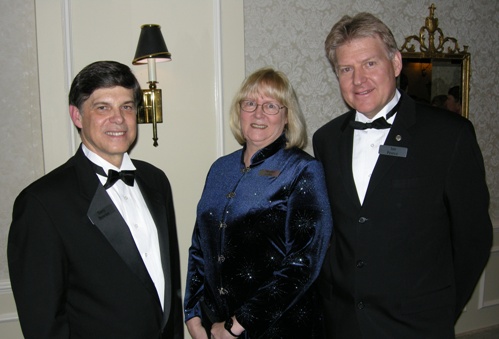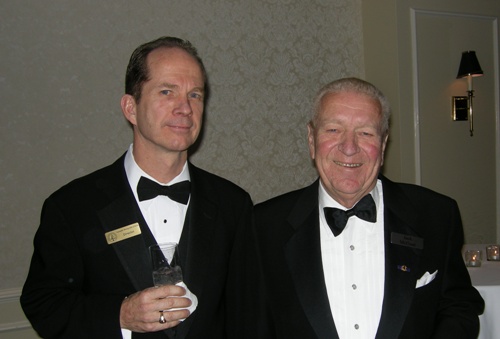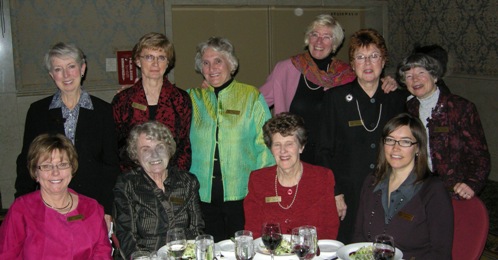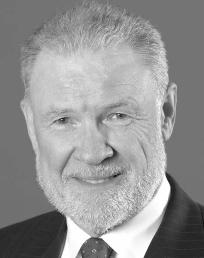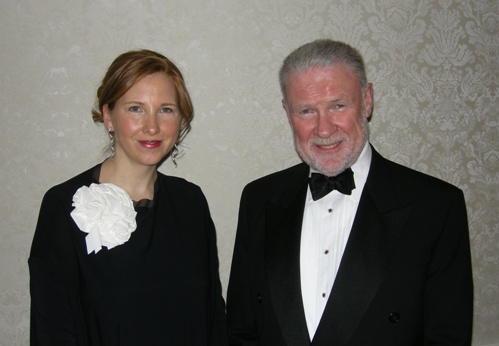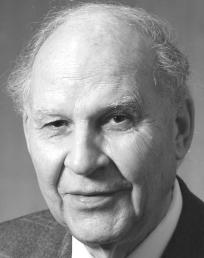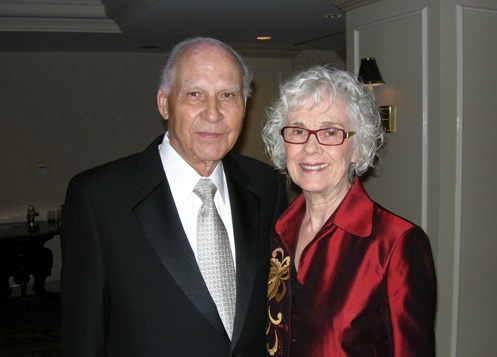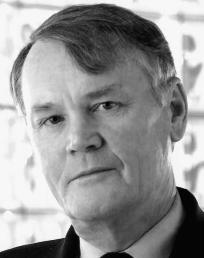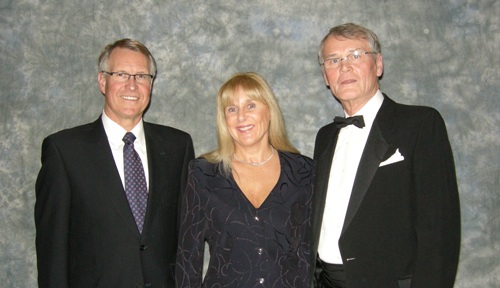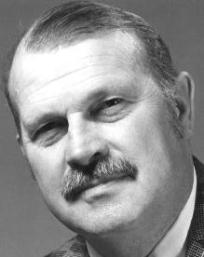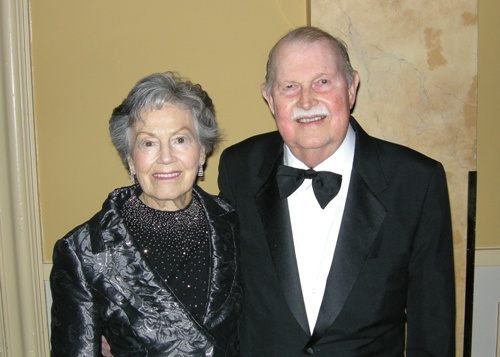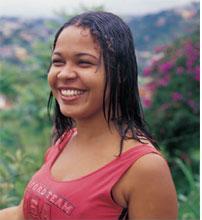This article was provided by the Ontario Mining Association (OMA), an organization that was established in 1920 to represent the mining industry of the province.
Ontario´s mining industry improved its safety performance in 2008 from 2007, according to provisional numbers, which have been released by the Mines and Aggregates Safety and Health Association (MASHA). This keeps mining on track as one of the safest industries in the province. Mining´s safety record outpaces sectors such as manufacturing, services, forestry, construction, health care, municipal workers, agriculture and transportation.
The mining industry´s lost time injury rate for 2008 was 0.6 per 200,000 hours worked, which is a 25% improvement compared with the lost time injury rate of 0.8 per 200,000 for 2007. While this moves the sector closer to zero, there was some slippage in another safety benchmark. The total medical injury frequency rose to 7.5 per 200,000 hours worked in 2008, compared with 7.1 per 200,0000 hours worked in 2007 — a 6% increase. However, the severity of those incidents showed a marked improvement of 60%. In 2008, the severity of injuries was reduced to 54 days from 136 days in 2007.
Ontario mining´s sector has been steadily becoming safer for decades. The 2008 lost time injury rate of 0.6 per 200,000 hours is an 87% improvement compared with the lost time injury rate of 4.7 per 200,000 hours in 1985. Credit for these stronger safety performances reside on the shoulders of every individual who works in the industry. The statistics are moving in the right direction because of the personal diligence on the safety front and concern for oneself and his and her colleagues. There are a number of initiatives and institutions supporting these gains.

























